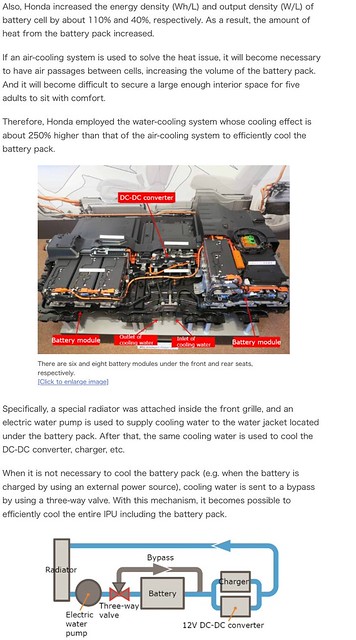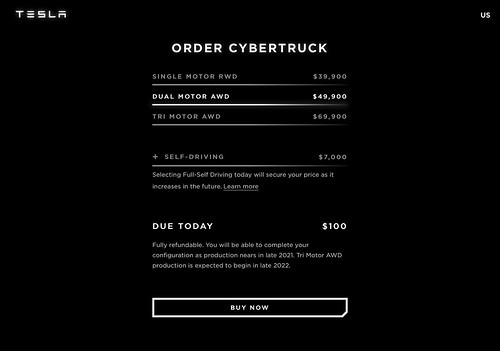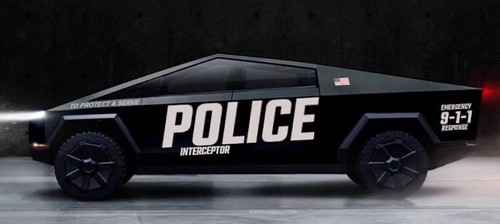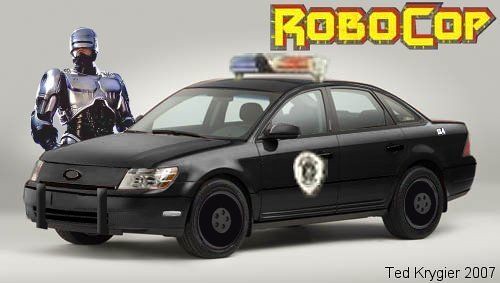FastEddieB
Touchdown! Greaser!
- Joined
- Oct 14, 2013
- Messages
- 11,421
- Location
- Lenoir City, TN/Mineral Bluff, GA
- Display Name
Display name:
Fast Eddie B
As far as batteries overheating, it’s something engineers are beginning to deal with.
In my Clarity PHEV, the battery is watercooled with its own cooling system:

I don’t know how Tesla does or will deal with it, but I’m pretty sure they will one way or another.
In my Clarity PHEV, the battery is watercooled with its own cooling system:

I don’t know how Tesla does or will deal with it, but I’m pretty sure they will one way or another.






